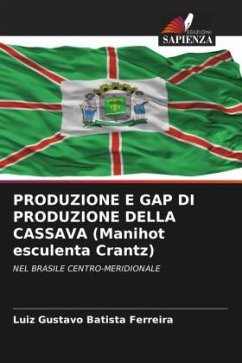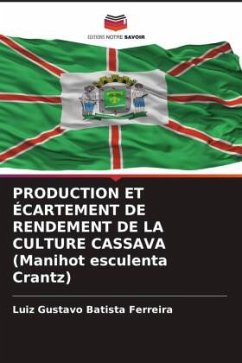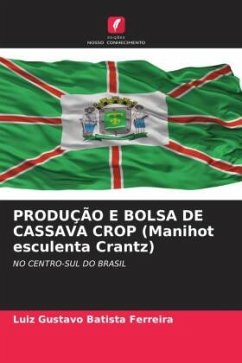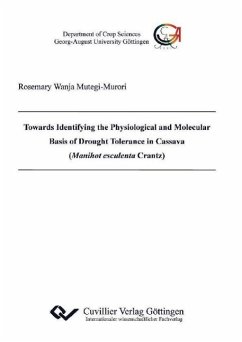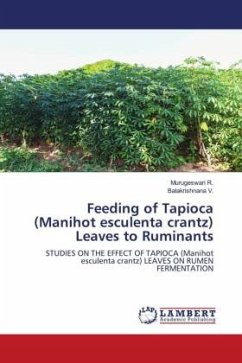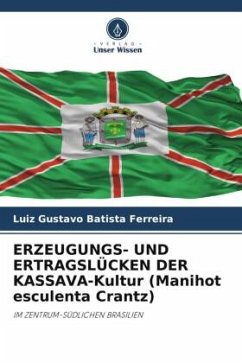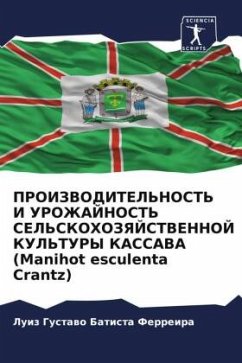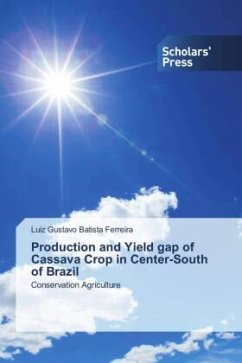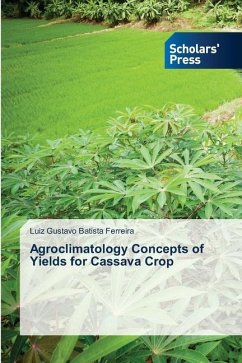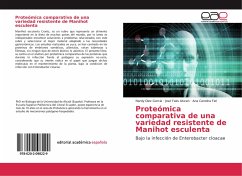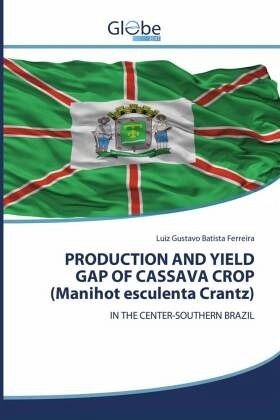
PRODUCTION AND YIELD GAP OF CASSAVA CROP (Manihot esculenta Crantz)
IN THE CENTER-SOUTHERN BRAZIL
Versandkostenfrei!
Versandfertig in 6-10 Tagen
27,99 €
inkl. MwSt.

PAYBACK Punkte
14 °P sammeln!
According to the Food and Agriculture Organization, FAO (2013), the availability of agricultural areas is concentrated only in a few countries, with about 90 % of land for agricultural expansion located in Latin America and Sub-Saharan Africa. In Latin America, Brazil has a key relevance for food production, with high potential for expansion (SAATH; FACHINELLO, 2018). However, environmental concerns and the preservation of native forests have limited the agricultural expansion, thus, the appropriated alternative is increasing yields, instead of deforestation (SAATH; FACHINELLO, 2018). It is im...
According to the Food and Agriculture Organization, FAO (2013), the availability of agricultural areas is concentrated only in a few countries, with about 90 % of land for agricultural expansion located in Latin America and Sub-Saharan Africa. In Latin America, Brazil has a key relevance for food production, with high potential for expansion (SAATH; FACHINELLO, 2018). However, environmental concerns and the preservation of native forests have limited the agricultural expansion, thus, the appropriated alternative is increasing yields, instead of deforestation (SAATH; FACHINELLO, 2018). It is important studying the factors that verify the limited and determined factors of the cassava productions, and to analyse the key causes of its inter-annual and inter-regional variability or simply called loss of yield. Increasing crops yield means reducing yield losses caused by weather and agricultural management, known as yield gap (Yg) (GODFRAY et al., 2010; SENTELHAS et al., 2015).Althoughthe technological and scientific advances, the climate is still the most important variable for crops productions (CALDANA et al., 2019; CALDANA et al., 2021).



